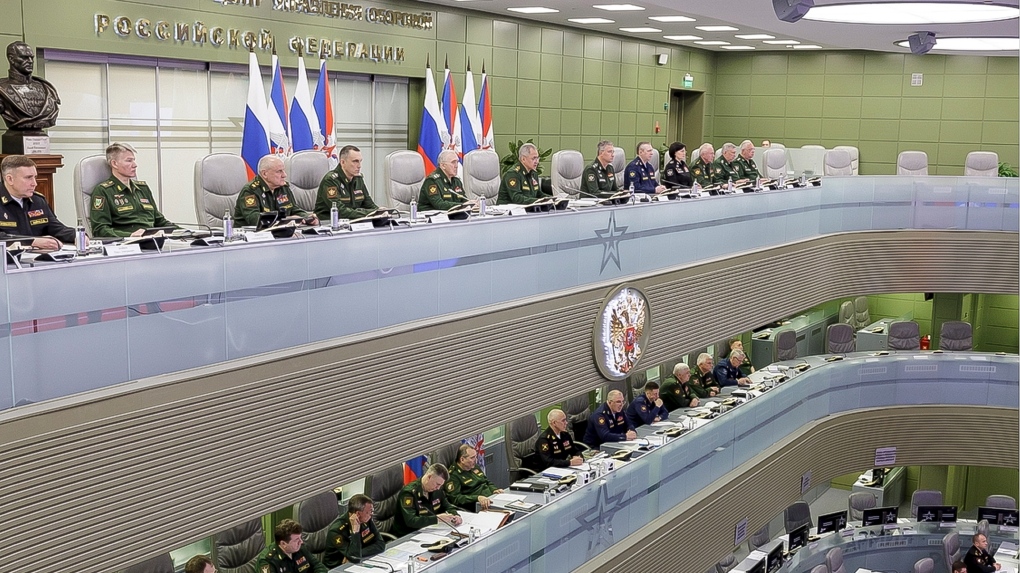In the face of a bruised but defiant Russia, NATO is leaving no stone unturned in preparing its military strategies. As tensions persist in the aftermath of the war in Ukraine, a major overhaul of NATO’s military plans has been announced, the most significant since the days of the Cold War. Admiral Rob Bauer, the Chair of the NATO Military Committee, has emphasized that Russia’s armed forces may be wounded, but they are far from incapacitated, warning against underestimating their capabilities.
NATO’s Preparations Intensify
President Joe Biden and NATO leaders are set to convene in Vilnius, Lithuania, to endorse a sweeping transformation of the alliance’s planning system. Although NATO refrains from providing direct military aid to Ukraine to avoid escalating conflict with nuclear-armed Russia, it is bolstering the security of its member countries situated close to Russia, Ukraine, and Belarus.
The region is witnessing a substantial military build-up, with approximately 40,000 troops on standby across the Baltic Sea to the Black Sea, including countries like Estonia and Romania. The skies above the region witness a daily aerial presence of about 100 aircraft, and the waters are patrolled by 27 warships in the Baltic and Mediterranean Seas – numbers that are only set to grow.
New Plans and Zones
Under the new military plans, NATO aims to be capable of deploying up to 300,000 troops within 30 days to its eastern flank, divided into three distinct zones. The northern and Atlantic region, a zone above the Alps, and a third zone in southern Europe constitute the designated areas for NATO’s response.
Admiral Bauer highlighted that these plans are based on the pre-war strength of the Russian army before President Vladimir Putin initiated the conflict in Ukraine. While the war has taken a toll on Russia’s ground forces, its navy and air force remain formidable.
Focus on Maritime and Air Threats
A staggering 94% of Russia’s ground forces are currently embroiled in the Ukrainian war, leading to constraints on their ability to act aggressively against NATO. Nevertheless, NATO remains vigilant, especially in the maritime and aerial domains. Admiral Bauer emphasized that Russia’s careful approach towards NATO is indicative of their busyness, further signifying the significance of the threat they pose.
The Russian navy, air force, and space capabilities continue to be a cause of concern, particularly coupled with their nuclear prowess. NATO acknowledges that Russia will likely regroup and rebuild its military capabilities, underscoring the need for continuous vigilance and preparedness.
Safeguarding Regional Stability
NATO’s primary focus remains safeguarding the stability and security of its member countries. The alliance seeks to strike a balance between deterring aggression and avoiding further escalation. While the situation is closely monitored, NATO reiterates its commitment to preventing conflicts and maintaining a strong defensive posture.
The forthcoming summit in Vilnius promises to be a significant step in shaping NATO’s response to the evolving geopolitical landscape. As tensions persist, the world watches with bated breath to see how NATO’s revamp of its military plans will navigate the delicate equilibrium between resilience and restraint.
